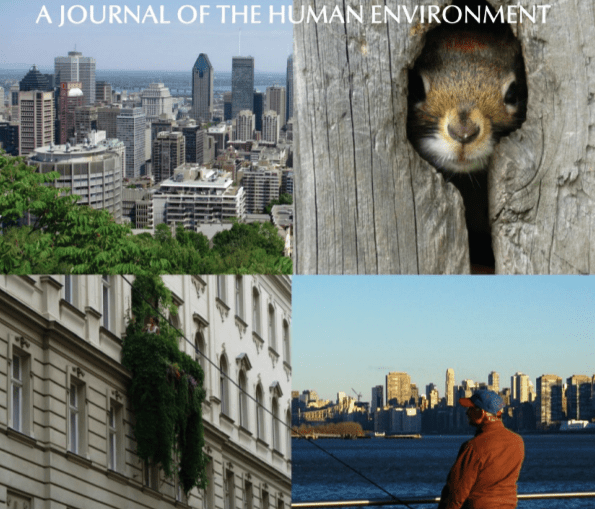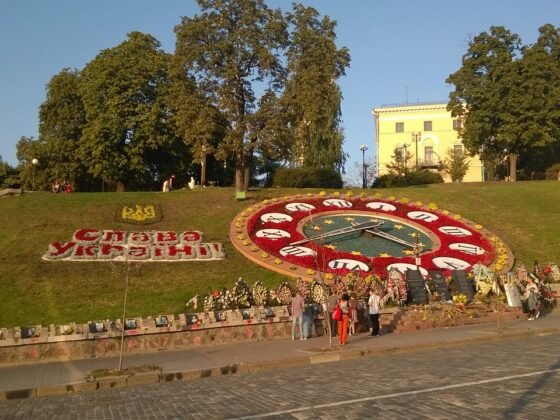(Ambio) Abstract: How sustainable are Russia’s Arctic cities? Russia’s far north metropolises are distinctive from other Arctic cities in terms of their large size, efforts to conquer nature, and big business’ impact on the urban landscape. The Russian Arctic cities’ Soviet-era design gave them compact and dense population structures. Such features led to many benefits for achieving sustainability, including more efficient energy use, a larger number of hospital beds, more numerous cultural amenities, and greater access to public transportation. However, Arctic cities outside of Russia have made progress in their own pursuit of sustainability through on-going investments, business development, educational resources, and solid waste management. By teasing out these distinctions, this article highlights urban features that make it possible for the cities to adapt to changes in the global environment and economy. In doing so, it provides the first multidisciplinary, comparative analysis of 46 Arctic cities employing historical, remote sensing, and quantitative methods. It demonstrates the strengths and weaknesses of the world’s Arctic cities in their quest for sustainability and points to where they can learn from each other in adopting best practices.
Read More © Ambio/Springer
Co-authors: Robert W. Orttung, Oleg Anisimov, Svetlana Badina, Charlene Burns, Leena Cho, Benjamin DiNapoli, Matthew Jull, Melissa Shaiman, Ksenia Shapovalova, Leah Silinsky, Emily Zhang, and Yelena Zhiltcova.











